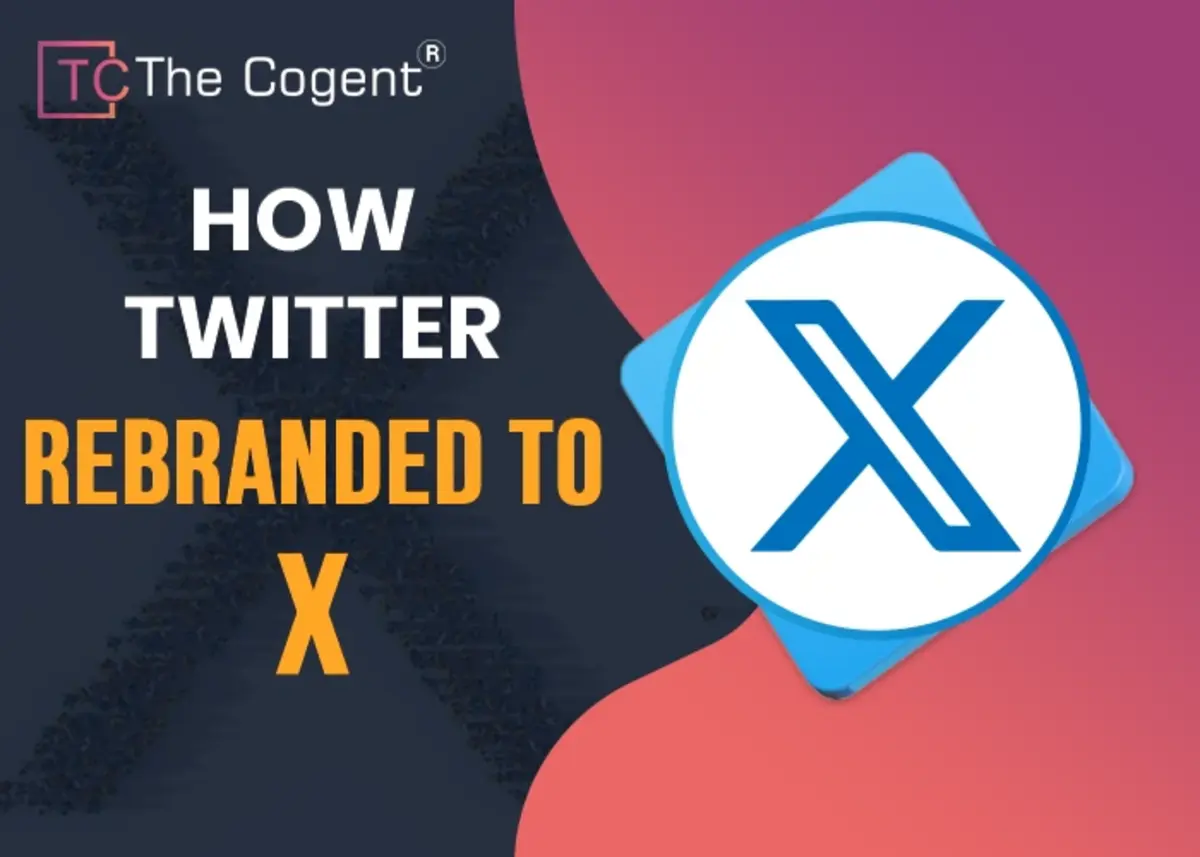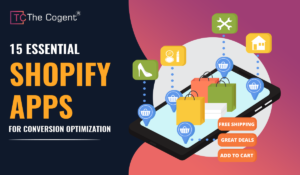Whenever anyone thinks about Twitter the blue bird comes to mind, right? The bird has been Twitter’s logo since 2006, and it has become synonymous with its identity, making it iconic & and recognizable. In July 2022 Elon Musk, a tech billionaire who bought Twitter, quickly made changes to the company and consecutively revamped the brand as ‘X’ on July 23, 2023.
Many people are baffled by Elon Musk’s decision to change Twitter’s name to X. They are wondering why he made this change, what the letter X means, and what the app will do now. Let me answer these questions.
What’s with the letter X?
It appears that Musk has had a strong affinity for the letter X. This is not the first time that he has used it in his ventures.
Starting in 1999, Musk with 3 other co-founders launched an online bank, called x.com. Then after a year in early 2000, x.com merged with a company called Confinity, to form PayPal, a platform for secure online payments. Elon Musk tried to rebrand PayPal as X.com in 2001, but the idea was not well-received and the company went on with the name PayPal. In 2017, Musk bought back the domain name x.com from PayPal for an undisclosed amount.
The letter x showed up in Musk’s other ventures as well, including his space exploration goal SpaceX, Modal X, the earliest model of electric car company Tesla, and his recently launched Artificial intelligence app called xAI.
Is Twitter changing its name to X?
In April, Elon Musk formally merged Twitter Inc. with X Corp., which means Twitter no longer exists as a company, the court filing stated. Also, he had intentions of changing the name of Twitter, and he accelerated the process in the last week of July by posting a tweet, declaring “Soon we shall bid adieu to the Twitter brand and, gradually, all the birds.”
Internet was buzzing as the app announced the name change in the last week of July. Now X.com redirects to Twitter.com. On Google app stores and Apple, the app appears as X, and the headquarters have a gleaming stylized, black-and-white X where there was once a bird logo.
After he bought Twitter, Musk as stated texted Isaacson that he is “very excited about finally implementing X.com as it should have been done, using Twitter as an accelerant!”
Why did Twitter rebrand to X?
Elon Musk’s decision to rebrand Twitter to X came out of the blue, causing confusion among its 240 million global users. However, the reason, which Elon Musk had hinted at last year, eventually came to the surface.
The answer came from Musk himself, laying out the goal of ensuring freedom of speech and transforming it into an “everything” app, as an accelerant for X. This implies that Twitter will no longer be a mere social media platform, but will instead offer a diverse range of services, such as shopping, banking, and payments, something similar to China’s WeChat.
When did Twitter turn to X?
On July 23, Elon Musk’s decision to rebrand Twitter as X, was a shock to many, as the blue bird logo had been a staple of the platform for years and certainly, we’re still getting used to the new look.
However, this is just one of the many changes that Musk has made to Twitter since taking ownership. Here’s a breakdown of changes that have been made on Twitter beyond its name and logo.
What will the app do Now?
Elon Musk wants to turn Twitter into a super-app, a single app that can do it all. He envisions a platform where users can listen to podcasts, shop, watch videos, and more, such as WeChat in China. WeChat is used for everything from messaging to payments to gaming.
Twitter already has some of the features that let users engage in, live audio conversations, and send longer text messages. However, it would take a lot of work to make Twitter a truly comprehensive platform.
“In theory, they can become a more mainstream version of Patreon or other similar platforms,” Ahene said. He believes that Twitter could become a more mainstream platform for creators to earn money, but he is not sure if this would be successful. He said that people do not go to Twitter for this purpose and that it would take a lot of time and investment to reposition the company.
What is Rebranding?
Rebranding is a strategic process that gives your brand a new look and feel to improve your brand image, attract new customers, and expand into new markets.
Benefits of Rebranding?
Here are 5 advantages of rebranding:
- Modernize your brand: A rebrand can help you make your brand more modern, relevant, and appealing to your target audience.
- Attract new customers: It can help you make your brand more visible and memorable, attracting new customers who may not have been aware of your brand before.
- Expand into new markets: It can help you make your brand more appealing to a wider audience, opening up new markets for your business.
- Differentiate yourself from your competitors: It makes your brand more unique and distinctive, setting you apart from your competitors.
- Increase brand equity: This can make your brand equity increase by making your brand more valuable and desirable.
If you are considering rebranding your business, it is important to do your research and plan carefully. Rebranding can be a costly and time-consuming process, but it can be a valuable investment in the long run.
What are the changes in X now?
Since taking control of the company in October 2022, Elon Musk has made several changes to Twitter. Including legal name change to X Corp., other changes include:
- Twitter Blue to X premium: It is a paid subscription service that offers users additional features, such as the ability to edit or retract tweets, see 50% fewer ads, and use longer tweets up to 10,000 characters. The service costs $8 per month or $84 per year.
- Laying off 80% of Twitter’s workforce: Musk has laid off about 6,000 Twitter employees, which is about 80% of the company’s workforce. The layoffs were reportedly due to a need to reduce costs.
- Allowing users to choose which tweets they see in their timeline: Twitter users can now choose whether they want to see tweets that are recommended by Twitter or tweets from people they follow.
- Reinstating some high-profile accounts that were banned: Musk has reinstated some high-profile accounts that were banned from Twitter for controversial content, such as former U.S. President Donald Trump and rapper Ye (Kanye West).
- Changing the verification process for Twitter accounts: Twitter used to use blue checkmarks to verify accounts, but Musk has changed the verification process. Now, gold or silver checkmarks are used for brands and government figures, and there is an explainer that says “official business.” Celebrities and other public figures can only keep their blue checkmark if they are members of Twitter Blue.
- Introducing encrypted direct messages: Twitter has introduced encrypted direct messages, which are protected by an algorithm to scramble information so only the sender and intended recipient can read it.
- Planning to launch video and voice calling features: Musk has said that Twitter plans to launch video and voice calling features, but there is no timeline for when these features will be available.
- These are just some of the changes that Musk has made to Twitter since taking control of the company. It remains to be seen how these changes will affect the platform in the long run.
Conclusion
Tech giants like Meta are reshaping the digital space with innovative ideas like the Metaverse, Social media platforms will need to adapt or risk becoming obsolete.
Twitter, now known as X, is taking a drastic approach to this transformation under Elon Musk’s leadership. Whether this rebrand is a calculated risk or pure chaos remains to be seen. Ultimately, the success or failure of X’s rebrand will depend on its ability to build a brand that people feel connected to, deliver on its promises of innovative features, and maintain a vibrant community in the long term.
The rebrand has already generated a lot of buzz, and the tech world is watching to see how it unfolds. Here is another way to rephrase the text:
Only time will tell whether X will be a success. However, the rebrand is a bold move that could shake up the social media landscape.



